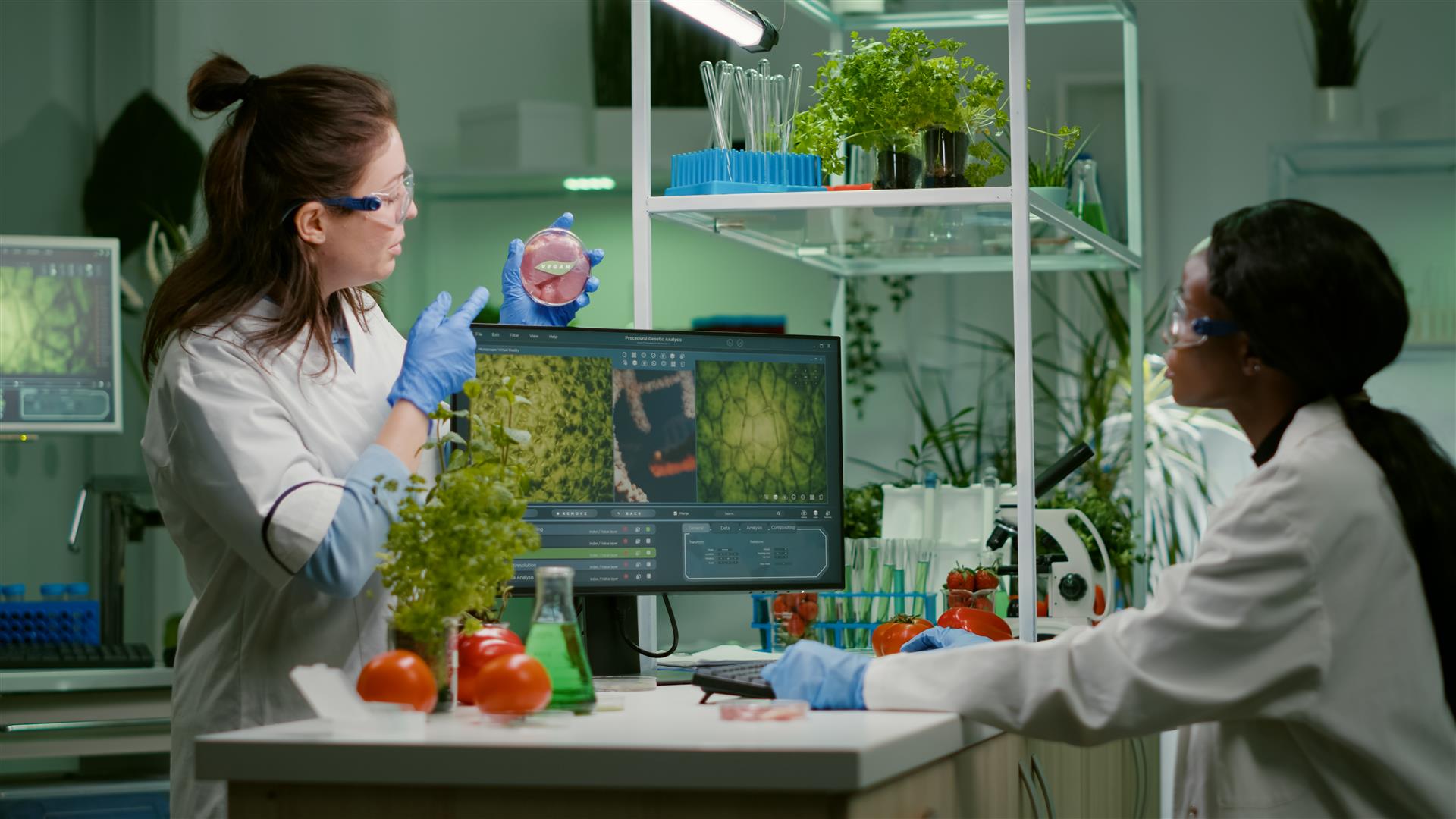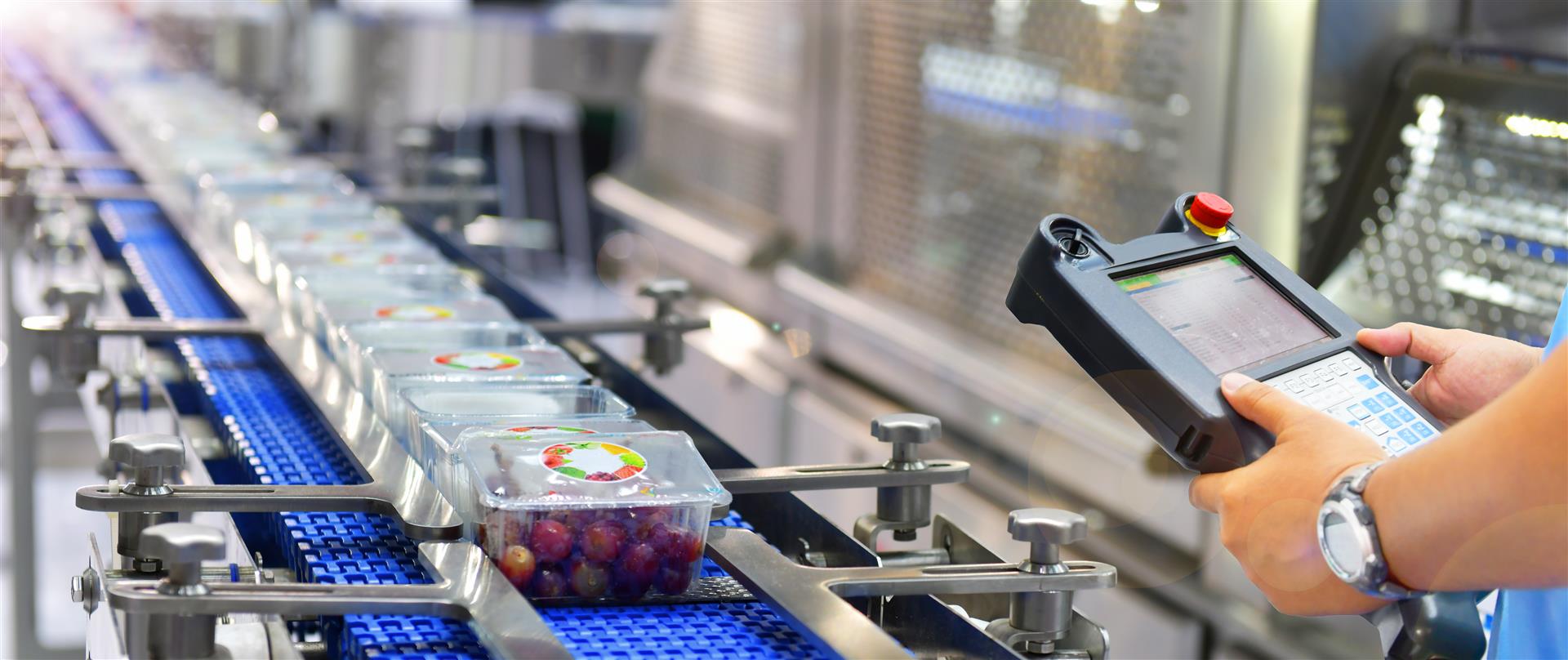
The BCG model is a new economic model announced by the government that aims for sustainable economic growth and the inclusive distribution of income, opportunity, and wealth. It consists of simultaneous economic development, where B stands for bioeconomy, focusing on cost-effective and sustainable bio-based industries; C stands for circular economy, which takes into account the use of various resources for maximum benefits to reduce the generation of waste and to reuse as much as possible; and G stands for green economy, focusing on environmentally friendly production that will lead to sustainable development

The BCG model covers four fields: agriculture and food, health and energy medicine, biomaterials and chemistry, and creative tourism and economy. If the BCG can be upgraded in the food industry, it will be able to increase the production capacity of normal food production to 6% and innovative food production to 10%. The goal is that after the implementation of such policies in 2024, the value of the country's food production will increase to 906 billion baht, representing 5% of GDP.
With regard to the BCG in the food sector, Thailand’s traditional food industry is driven by rice, cassava, chicken, shrimp, tuna, and sugar, which Thailand has been producing and exporting for decades, and it can compete globally. This group has the highest market share in the country's food industry. Even though they have low added value, it is still an important product group that needs further development. In addition, there are also issues of climate change and epidemics that affect agricultural production. The main development approach is to develop a highly efficient production process, increase productivity and productivity by applying automation and artificial intelligence technologies, with an emphasis on green production processes, reducing waste during production, being environmentally friendly, and creating a sustainable food industry.
The success indicators for the food-related BCG drive, up to 2027, will be the following: GDP in the food sector increases by 300 billion baht, creating new employment in the food industry, and reducing food losses from 30% to 15% in 2024 and remaining at 10% in 2030, when the people have food security that meets the requirements set out.
Source: National Science and Technology Development Agency (NSTDA)
Tel: +66 2 564 8000